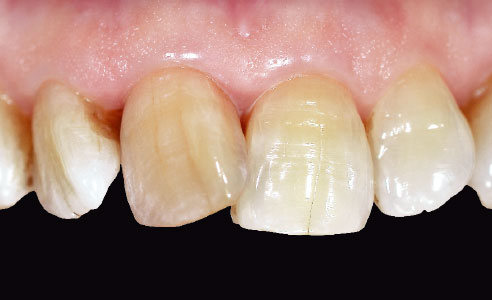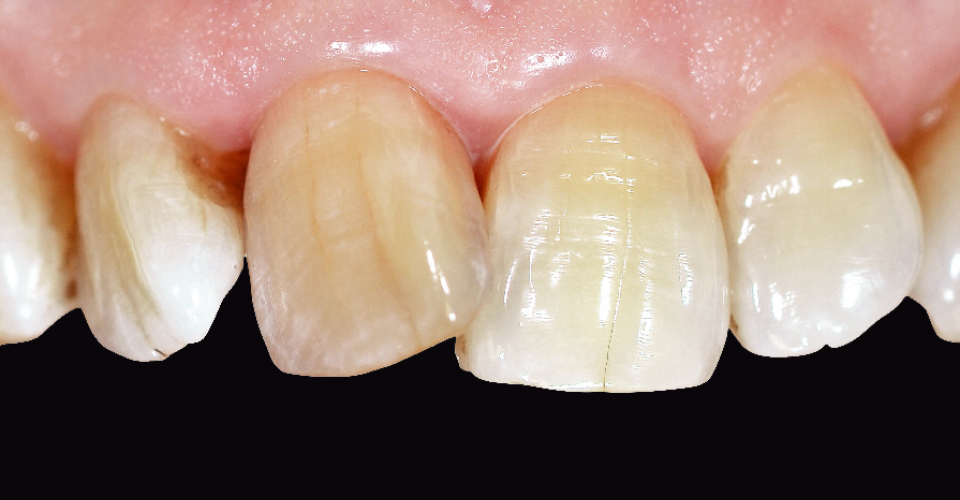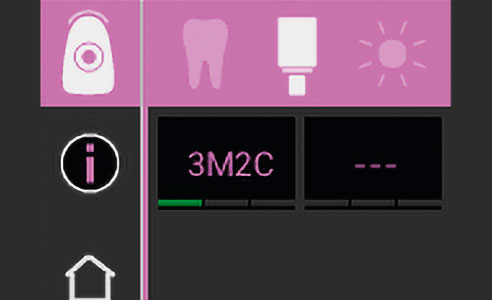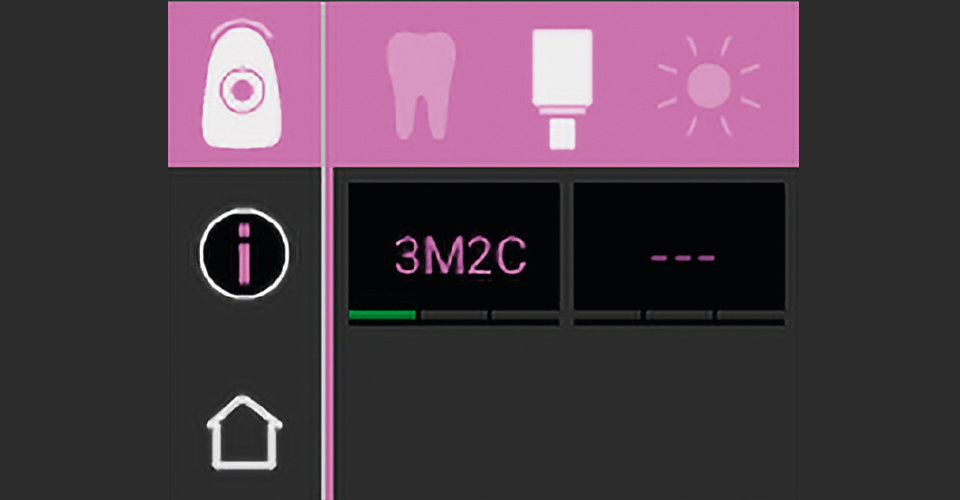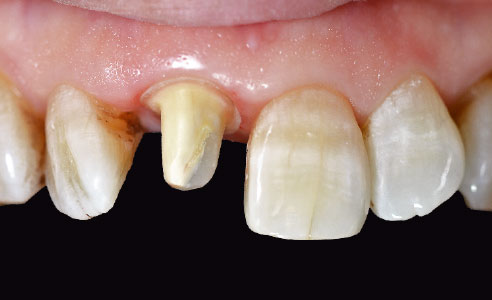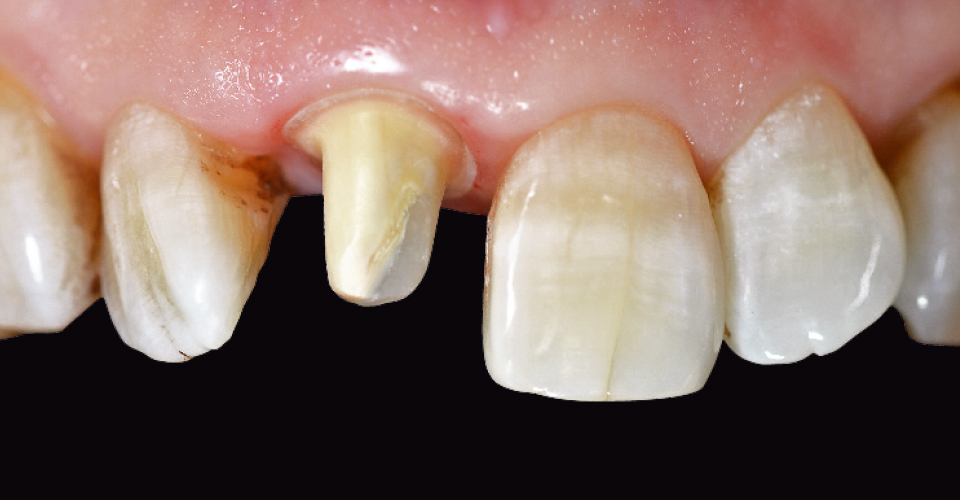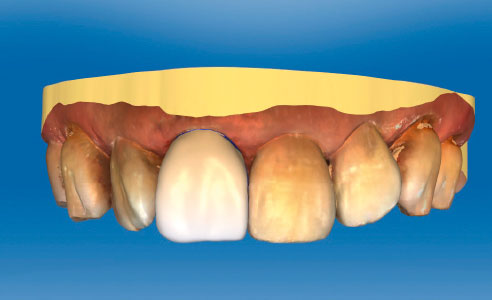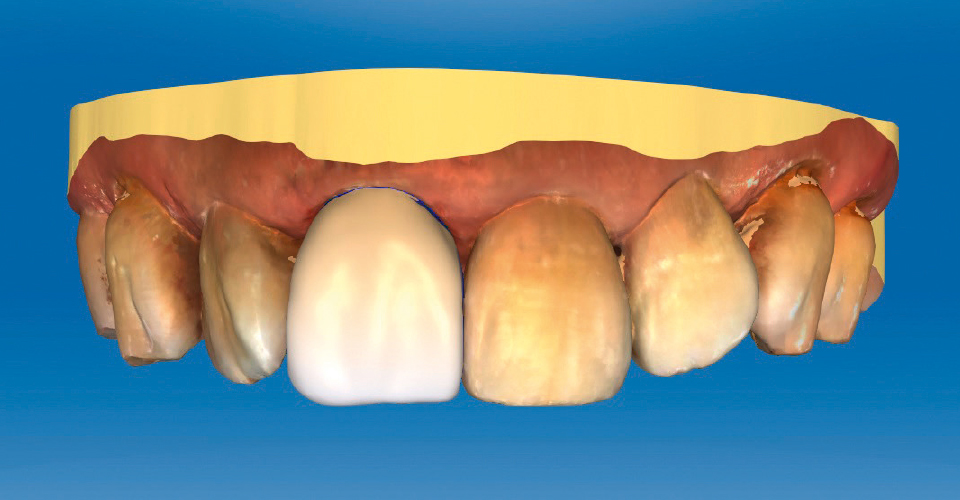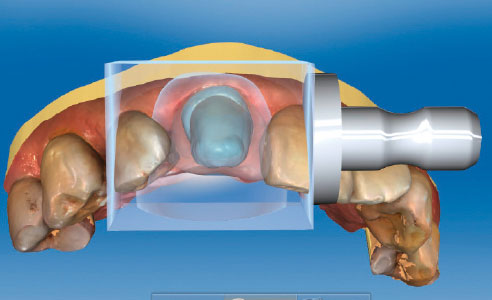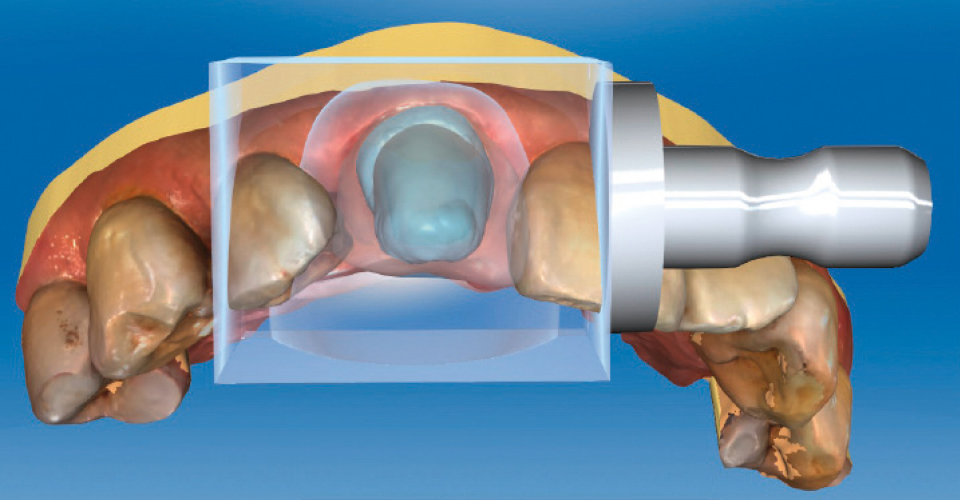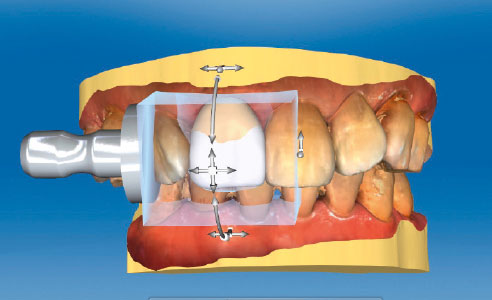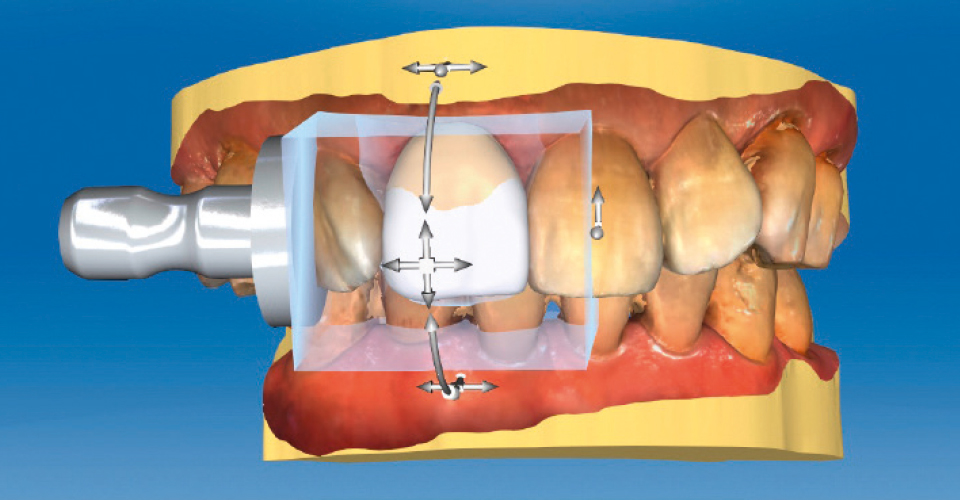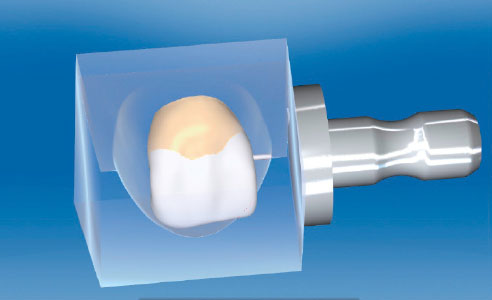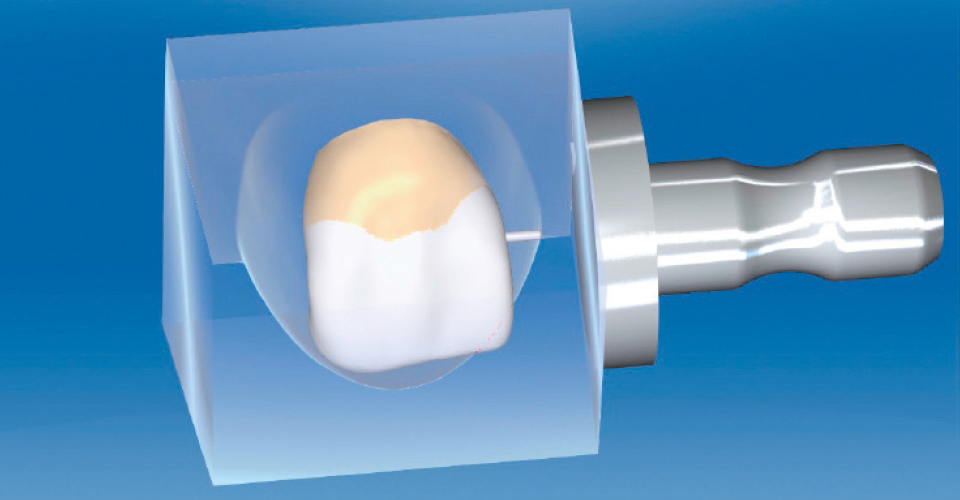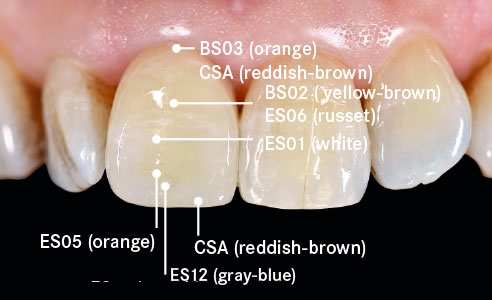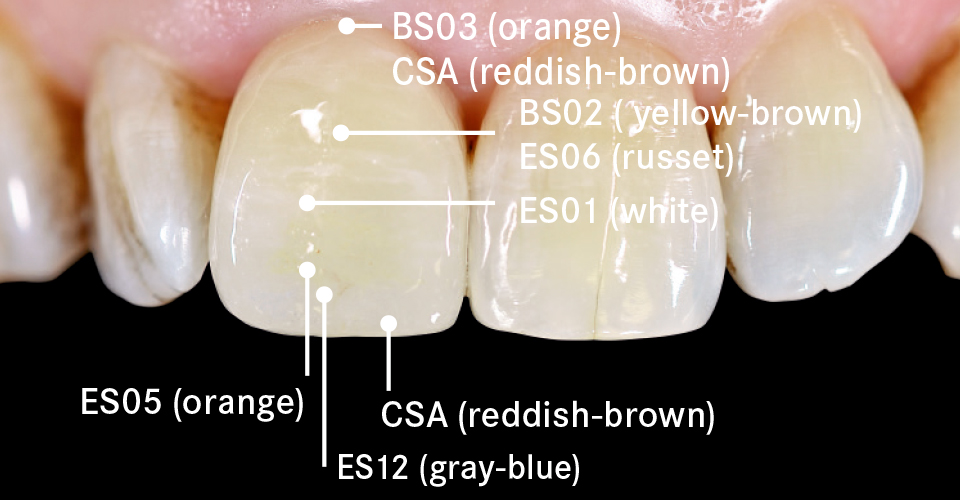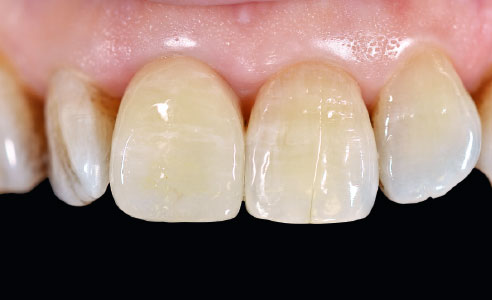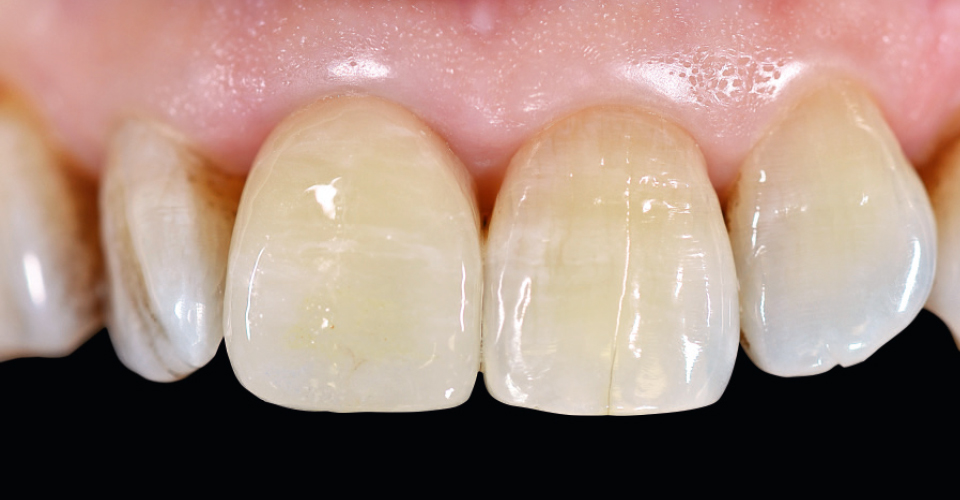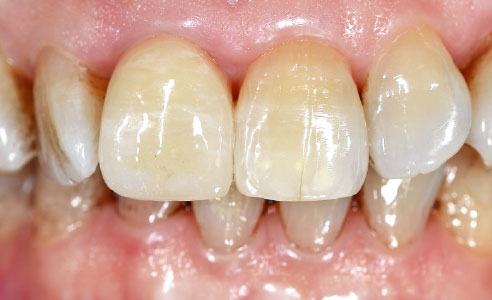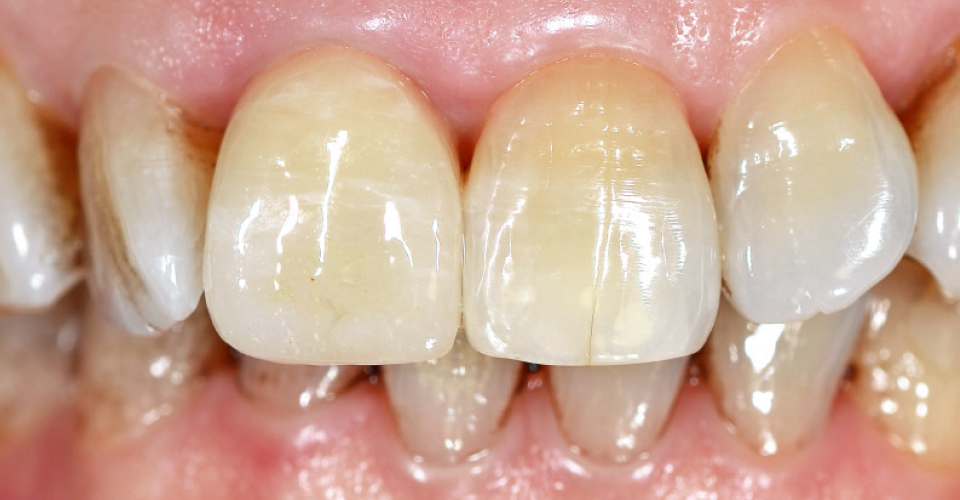Monolithic single crown in the esthetic zone
The restoration of individual incisors in the front remains the supreme discipline of dentistry. Usually, in this case, a framework is fabricated, which is then veneered to reproduce the vitality of natural teeth. But thanks to polychromatic materials and intelligent CAD software solutions, esthetically pleasing results can now be achieved with monolithic restorations. Dentist Dr. Shoji Nakamura (Tokyo, Japan) shows how the middle incisors can be restored monolithically with the feldspar ceramic VITABLOCS RealLife (VITA Zahnfabrik, Bad Säckingen, Germany) on the basis of precise tooth shade determination and custom blank selection.
1. The patient case
A 67-year-old female patient was dissatisfied with the position and shade of tooth 11. The tooth proved to be non-vital. Due to the massive rotation of tooth 11, the patient was advised to have her dental arch orthodontically leveled. However, she rejected this proposal in favor of a fast, inexpensive and esthetic restoration. To achieve this, she was willing to accept an invasive preparation. The full crown restoration was to be CAD/CAM-based and made of feldspar ceramic. Pre-prosthetically, tooth 11 was successfully treated with a root canal.
2. Tooth shade determination and blank selection
The VITA Easyshade V digital spectrophotometer (VITA Zahnfabrik, Bad Säckingen, Germany) was used to determine an accurate tooth shade and make a precise block selection. In this case, the basic tooth shade 3M2 was determined, and the most suitable blank was suggested in block mode for the digital workflow. In order to be able to reproduce the near-natural shade progression from cervical to incisal, we chose VITABLOCS RealLife in 3M2C, which has an accurate, threedimensional layer structure between the dentin and incisal edge.
3. Treatment procedure and construction
After preparation, the situation in the upper and lower jaw was scanned with the CEREC Omnicam. Finally, the crown was constructed using the CEREC software 4.4 (Dentsply Sirona, Bensheim, Germany). Since the neighboring tooth 21 had little translucency, the incisal third of the crown was made more opaque by the corresponding positioning in the virtual blank. The monolithic crown was finished following removal of the sprue with fine diamond and rubber polishers.
4. Characterization and integration
The final characterization was carried out with VITA AKZENT Plus stains to highlight the individual shade nuances. In the result, the definitively integrated monolithic restoration blended harmoniously into the esthetic zone. The coordinated virtual positioning of the restoration in the three-dimensional layer structure of VITABLOCS RealLife enabled the esthetic appearance of the adjacent incisors to be solidly reproduced, with the stains then replicating the last subtle nuances. The patient was extremely satisfied.
Report 07/18



